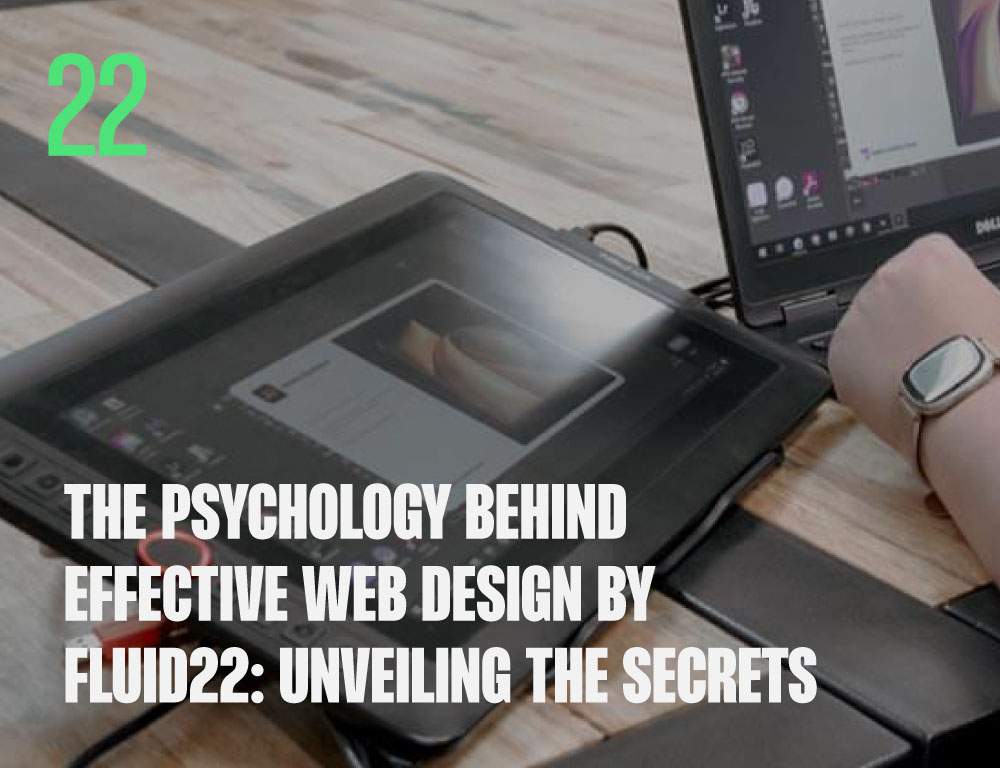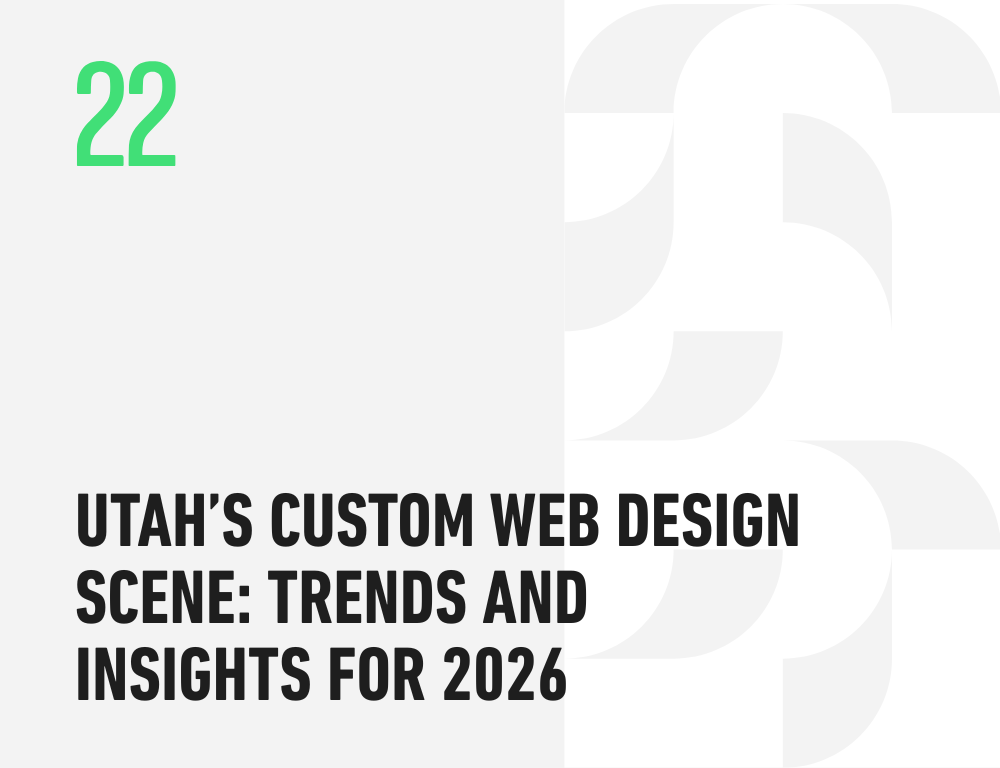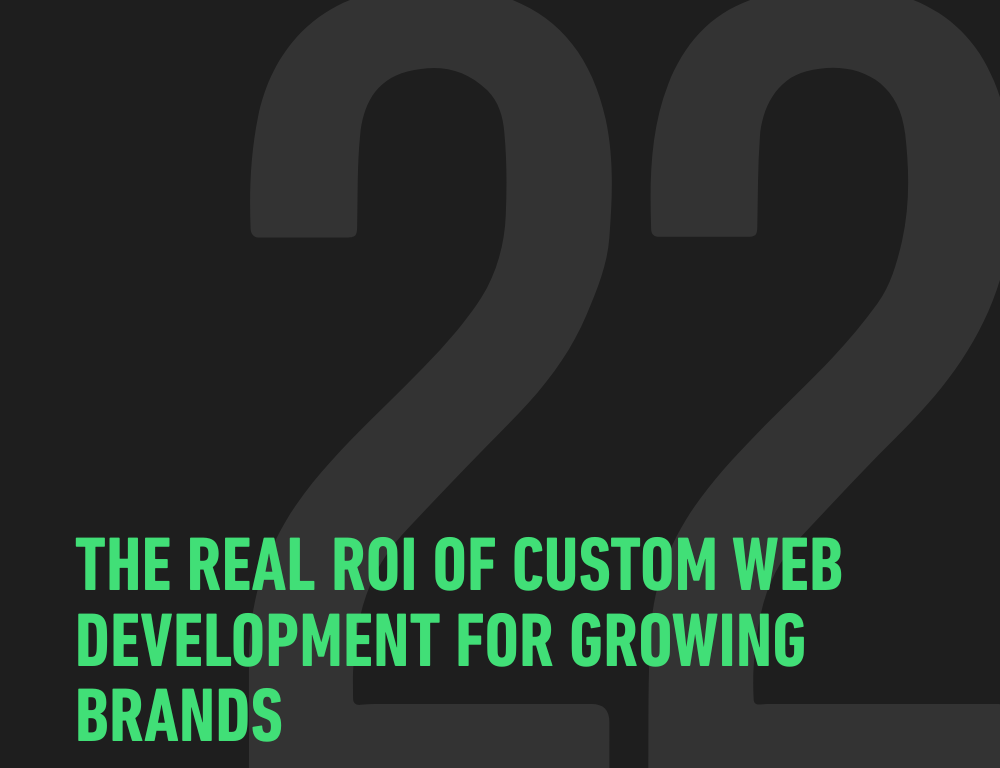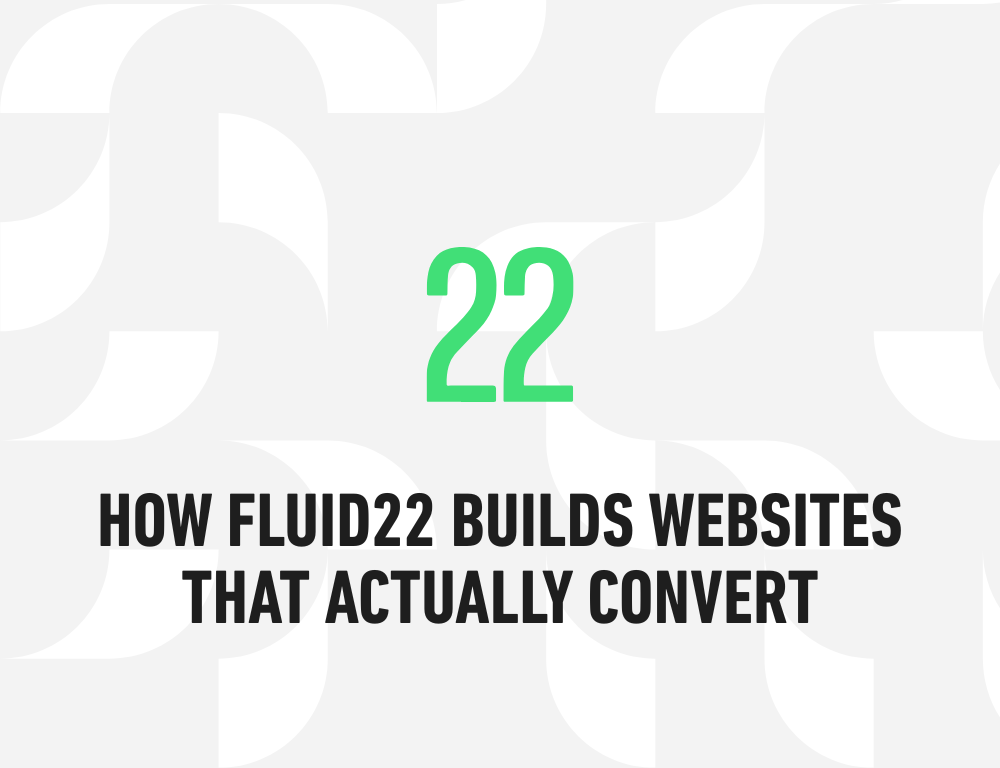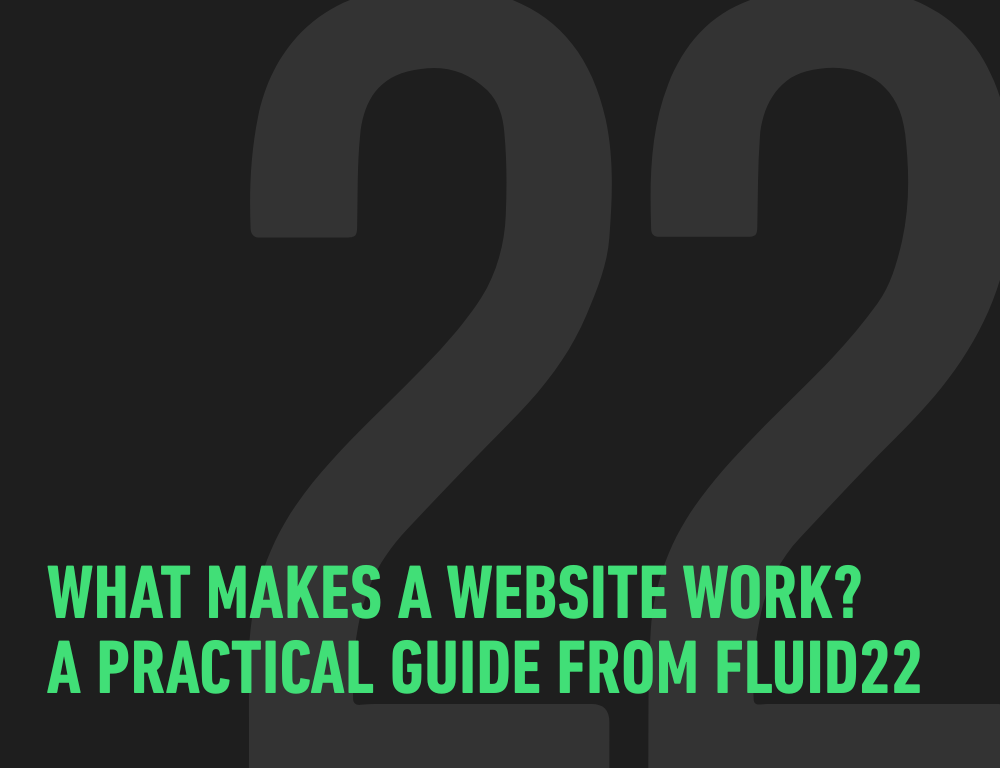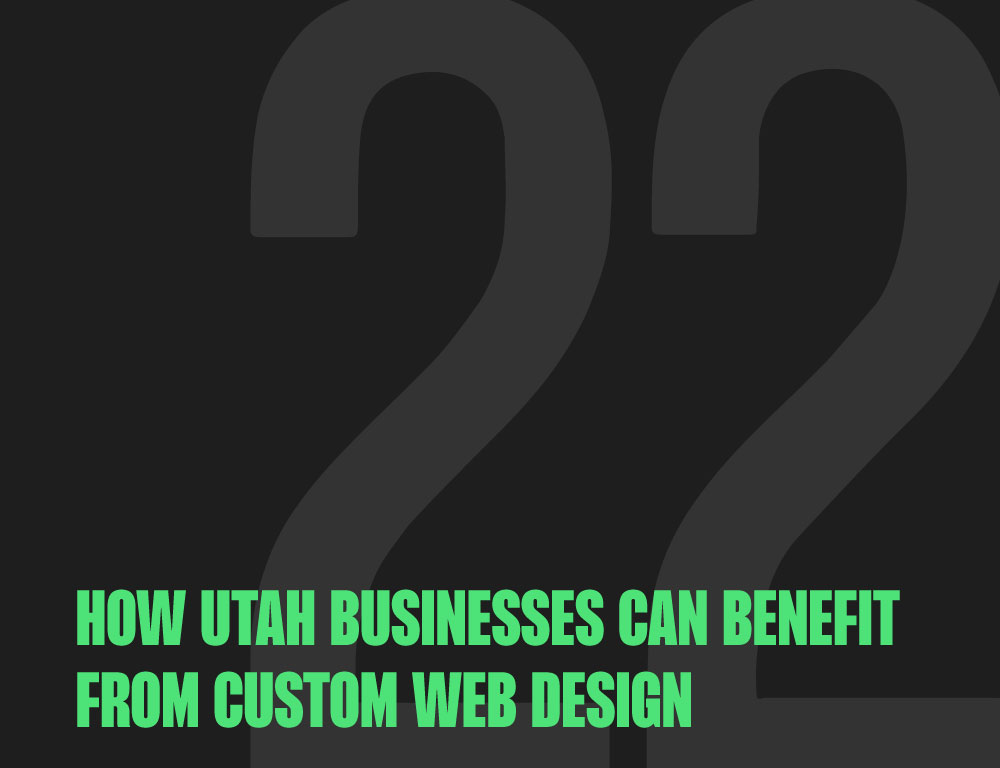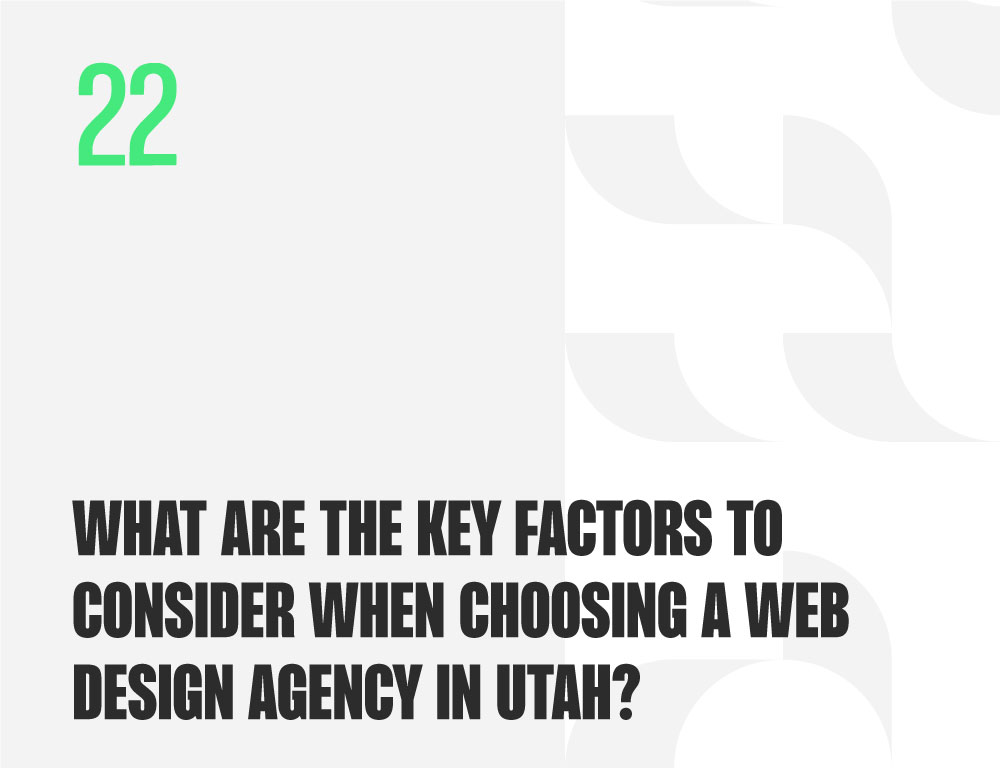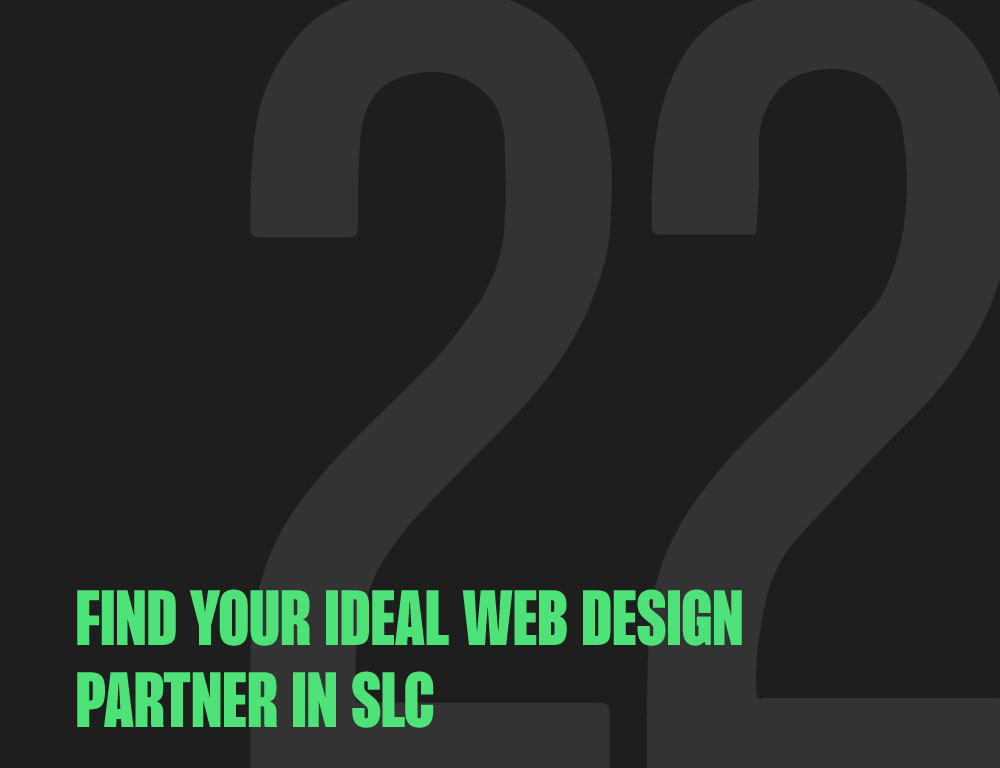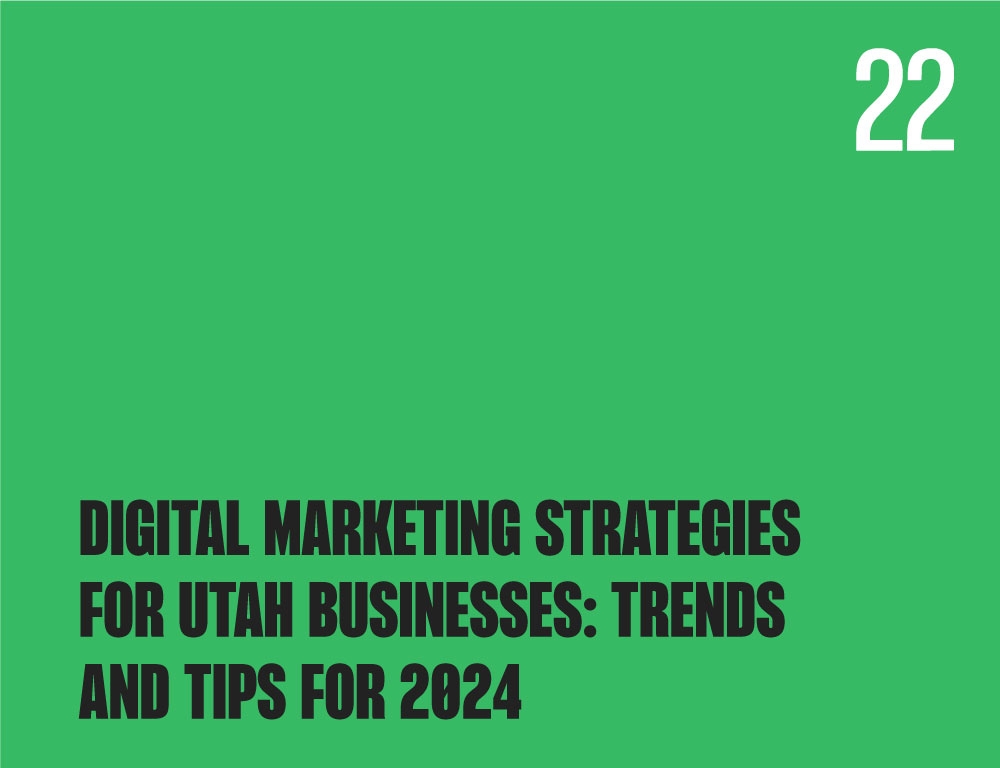Web design is a fascinating field that combines aesthetics, functionality, and psychological principles to create engaging online experiences. At Fluid22, a prominent web design agency in Salt Lake City, Utah, these elements are expertly blended to captivate and connect with users. This guide explores the psychological aspects that make Fluid22’s web design uniquely effective.
Let’s dive into the world of web design psychology, where every color, shape, and line has a purpose, and discover the secrets behind creating a website that looks great and feels right.
Table of Contents
- Understanding the Psychology of Color
- The Impact of Typography on User Perception
- Layout and Spatial Relationships in Web Design
- The Role of Imagery and Visual Storytelling
- User Experience (UX) and Cognitive Load
- Emotional Design: Connecting on a Deeper Level
- The Influence of Social Proof in Design
- Navigation and User Journey Optimization
- The Use of Motion and Animation
- Accessibility and Inclusive Design
- Mobile-First Design and Its Psychological Impacts
- Loading Times and User Patience
- The Role of Content in Web Design
- Trust and Credibility in Online Spaces
- Conversion Optimization Through Psychological Triggers
- The Future of Web Design Psychology
- Case Studies: Fluid22’s Approach to Web Design
- Tools and Technologies in Psychological Web Design
- Expert Opinions and Industry Insights
- Psychology FAQs
Understanding the Psychology of Color
Color is a powerful tool in web design, evoking emotions and shaping perceptions. Fluid22 uses color psychology to create an atmosphere that aligns with the brand’s identity and message. For instance, blue often instills a sense of trust and professionalism, making it a popular choice for corporate websites. Conversely, red can evoke excitement and urgency, often used in call-to-action buttons to stimulate action. By understanding the emotional responses different colors can elicit, Fluid22 crafts websites that capture attention and resonate emotionally with the audience.
The Impact of Typography on User Perception
Typography is much more than just choosing fonts; it’s about creating a visual hierarchy and setting the tone for the content. Fluid22 understands that the right typography can significantly enhance readability and user experience. A well-chosen typeface can convey a brand’s personality, whether it’s the professionalism of a serif font or the modernity of a sans-serif. Typography in web design also involves considering factors like font size, spacing, and color, ensuring that the text is legible and aesthetically pleasing.
Layout and Spatial Relationships in Web Design
The layout of a website is crucial in guiding the user’s journey through the site. Fluid22 uses balance, contrast, and emphasis principles to focus on key elements. A well-structured layout ensures that information is presented logically and easily. This involves understanding how users scan web pages – typically in an F-shaped pattern – and placing important information along these paths. Good use of space, both negative and positive, helps in reducing cognitive load, making the website not just attractive but also user-friendly.
The Role of Imagery and
Visual Storytelling
Imagery is a vital component of web design, serving as a tool for storytelling and emotional connection. Fluid22 excels in selecting and positioning images that complement and enhance the website’s message. These visuals can range from photographs and illustrations to icons and infographics, each chosen to support the content and appeal to the site’s target audience. For example, a travel site might use vibrant, eye-catching images to evoke a sense of adventure, while a healthcare website might opt for soothing, reassuring pictures. Imagery in web design isn’t just about aesthetics; it’s about creating a narrative that engages users and helps them connect with the brand.
User Experience (UX) and Cognitive Load
User Experience (UX) design is at the heart of creating effective websites. Fluid22 minimizes cognitive load – the mental processing power required to use the website. This is achieved through intuitive navigation, clear calls to action, and a clean, uncluttered interface. Good UX design makes a website easy to use and enjoyable, increasing user engagement and satisfaction. Elements like breadcrumb trails, dropdown menus, and search bars are strategically implemented to help users find information quickly and effortlessly, enhancing the overall experience.
Emotional Design: Connecting on a Deeper Level
Emotional design is about creating a website that resonates with users on an emotional level. Fluid22 achieves this by understanding the target audience and tailoring the design to their needs and preferences. This could involve using certain colors, imagery, or interactive elements that evoke specific emotions or responses. The goal is to create a website that users feel connected to, one that not only meets their functional needs but also appeals to their emotions and values.
The Influence of Social Proof in Design
Social proof is a powerful psychological concept in web design to build trust and credibility. This can include testimonials, reviews, client logos, and case studies. Fluid22 incorporates social proof in its designs to reassure users of the quality and reliability of the services or products offered. Seeing positive feedback from other users can significantly influence a visitor’s decision-making process, increasing the likelihood of conversion.
Navigation and User Journey Optimization
Effective navigation is key to a successful website. Fluid22 focuses on creating a user journey that is intuitive and straightforward. This includes clear labeling, consistent layout, and logical flow from one page to the next. Effective navigation ensures that users can find what they’re looking for with minimal effort, enhancing their overall experience and reducing bounce rates.
The Use of Motion and Animation
Motion and animation, when used correctly, can greatly enhance the user experience. Fluid22 uses these elements to draw attention, provide feedback, and add a layer of interactivity to the website. Animations can be as simple as a hover effect on a button or as complex as a full-screen video background. The key is to use motion to enhance the website is story without overwhelming or distracting the user.
Accessibility and Inclusive Design
Accessibility is a crucial aspect of web design, ensuring that a website is usable by people of all abilities and disabilities. Fluid22 adheres to web accessibility standards, such as WCAG, to create accessible designs to everyone, including those with visual, auditory, motor, or cognitive impairments. This includes considerations like color contrast, keyboard navigation, and alt text for images.
Mobile-First Design and Its Psychological Impacts
With the increasing use of smartphones, mobile-first design has become essential. Fluid22 adopts a mobile-first approach, ensuring that websites are optimized for smaller screens and touch interfaces. This approach improves usability for mobile users and considers the psychological differences in how users interact with mobile devices compared to desktops.
Loading Times and User Patience
Loading times are a critical factor in user experience. Slow-loading websites can lead to frustration and high bounce rates. Fluid22 optimizes websites to load quickly, understanding that users expect instant access to information. This involves optimizing images, leveraging browser caching, and minimizing HTTP requests.
The Role of Content in Web Design
Content is king in web design. Fluid22 ensures the content is relevant, engaging, and easy to read. This involves using headings, short paragraphs, bullet points, and multimedia to break up text and make it more digestible. Quality content helps improve SEO, engage users, and effectively convey the brand’s message.
Trust and Credibility in Online Spaces
Building trust and establishing credibility are fundamental in web design. Fluid22 understands this and incorporates clear contact information, professional design, security badges, and privacy policies. These components assure users of the legitimacy and safety of the website, encouraging them to engage more deeply, whether it’s making a purchase, signing up for a newsletter, or sharing personal information.
Conversion Optimization Through Psychological Triggers
Conversion optimization is about persuading users to take specific actions. Fluid22 employs psychological triggers such as scarcity (limited-time offers), authority (expert opinions), and reciprocity (offering something of value for free) to encourage conversions. Combined with strong calls-to-action and simplified forms, these techniques significantly increase the likelihood of users completing desired actions.
The Future of Web Design Psychology
The future of web design psychology lies in personalization and AI-driven design. Fluid22 is at the forefront of exploring how data and machine learning can be used to create more personalized, user-centric experiences. This could mean websites adapting to individual user preferences, behaviors, and emotions, offering a more engaging and intuitive experience.
Case Studies: Fluid22’s Approach to Web Design
This section showcases real-world examples of how Fluid22 has successfully implemented these psychological principles in their web design projects. Each case study highlights specific challenges, strategies used, and outcomes, providing insights into the practical application of web design psychology.
View Fluid22: Case Studies
Here, we explore the tools and technologies that enable Fluid22 to implement psychological principles in their web designs. This includes design software, analytics tools, A/B testing platforms, and more, each playing a crucial role in creating effective and psychologically engaging websites.
Expert Opinions and Industry Insights
Gain insights from industry experts at Fluid22 and beyond, discussing the latest trends, challenges, and innovations in web design psychology. This section provides a broader perspective on how psychological principles are shaping the future of web design.
Psychology FAQs
What makes psychology so important in web design?
Psychology helps understand how users think and behave, allowing designers to create more intuitive and engaging websites.
Can good web design influence user behavior?
Absolutely. Good web design can guide users towards certain actions, like purchasing or signing up for a newsletter.
How does Fluid22 stay ahead in web design trends?
Engage, explore, and excel with Fluid22
